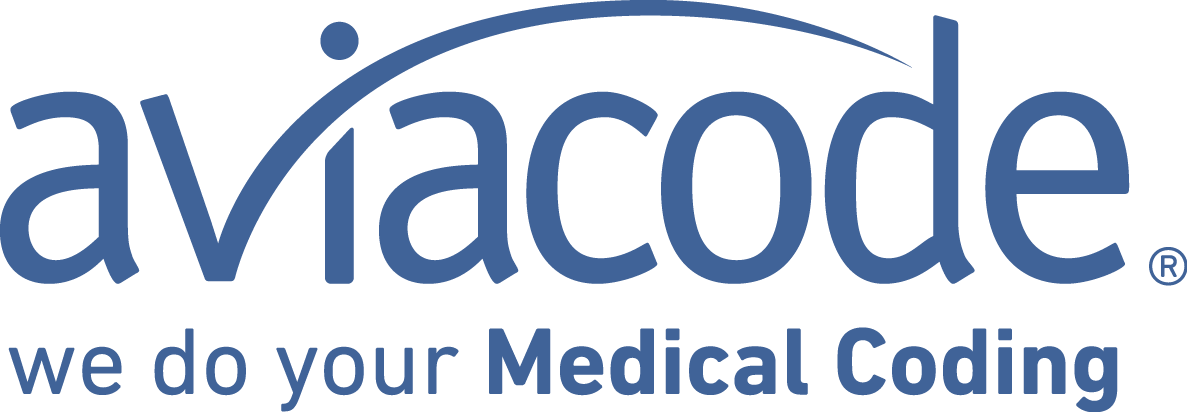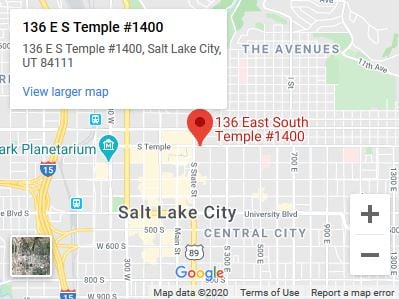 Do you recall the year 1999, or as it became known "Y2K"? People were nervous, scared, and a little irrational with their fears towards the turn of the millennium. I have often reflected back on 1999 as I participate in conversations surrounding the October 1st ICD-10 deadline.
Do you recall the year 1999, or as it became known "Y2K"? People were nervous, scared, and a little irrational with their fears towards the turn of the millennium. I have often reflected back on 1999 as I participate in conversations surrounding the October 1st ICD-10 deadline.
The fears that people have expressed have been, well...somewhat irrational. For the most part, healthcare professionals have created an ICD-10 readiness plan. The eBook "The Definitive Guide to ICD-10" has helped many nationwide develop and implement or even reinforce their current ICD-10 transition plan. The supplemental "12 step guide infographic" has attempted to break the plan down into bite size chunks for healthcare professionals. Most of the healthcare professionals we speak with today have a solid plan. Most have reconfigured their systems to support the new requirements. Their IT transition appears to be on point. Many organizations have either already certified their own coders in ICD-10 or they have taken steps to outsource their medical coding to companies like Aviacode who have access to thousands of certified ICD-10 coders. Most, if not all, have set aside budget to accommodate some of the “unknowns” as we approach the ICD-10 deadline. So, is there really any reason to reach for the panic button?
Through all of my conversations, there is only one outstanding area of concern that keeps re-surfacing; I wonder if in our excitement to prepare our systems and staff for the transition, we have left the physician in the dust?
I am not ignorant to the fact that the American Medical Association spent nearly $100M attempting to push out ICD-10 yet another year. Nor am I oblivious to the reports claiming that as of September 1, 2015 only 30% of healthcare providers in the country have taken even the first step to embrace ICD-10. Like many of you, I have often thought to myself, “Man, when are they’re gonna wake up?”
Then I remember that it wasn’t long ago when I made an unplanned visit to an emergency room with my hands facing the wrong direction. Or I think of one physician who took an extra five minutes of his time to request a special lab test for a 12 year old girl in adrenal failure, only to discover that she had a rare but treatable auto immune disease. I think of the mother in labor watching one provider whisk her still born child away, only to return minutes later with that same child breathing on their own. I can guarantee that no one in any of those settings were thinking about whether the right code would be selected for reimbursement…not even the hospital or clinic CFO. So, let’s keep this in perspective. Remember, there will still be patients in need of treatment on October 2nd.
It's not as if physicians don't know that the ICD-10 deadline is looming. Nor do they fail to acknowledge the potential fallout that may surround it. Most Hospital and Practice Administrators we have spoken with have already put their physicians through some kind of ICD-10 training. Yet, when we speak with the physicians about ICD-10, most confess that their documentation is frankly not ready for the transition. Most physicians are still completely unaware of the clinical documentation changes that they will personally need to make so that the proper ICD-10 codes can be assigned to each patient encounter.
So, to all of my physician friends and physician friendly organizations, please allow me to offer three things that physicians can and should be doing to brace for the ICD-10 impact:
- ICD-10 Documentation Tools
The announcement of ICD-10 brought with it a number of tools designed to assist certain healthcare professionals. Many of these tools have been aimed at creating a crosswalk between ICD-9 and ICD-10. I can see it now; a provider pulls up the crosswalk for 733.10 – Pathologic fracture, unspecified site. Do you realize that there are 888 possible code choices in ICD-10 for this single ICD-9 code? So, does this reference guide come in 6 point font for easy reading as well? My provider has a difficult time remembering my birthday…and he’s my own brother. Yet somehow, we expect providers to memorize the crosswalk and make sense out of it, all while treating the bunion on the left foot.
There are even C.A.C. tools that aim to help providers quickly determine the new ICD-10 codes. Let’s face it, most C.A.C. is Y.U.C.K! Most are designed with the coder in mind…not the providers. Many providers are still adjusting to realization that their I-Pad is not the most efficient data entry device…and you expect them to embrace C.A.C.? Keep in mind, these are the same folks treating our aging parents, sick kids and panicked hypochondriacs. Artificial intelligence is still quite artificial and often void of common sense.
There are literally hundreds of tools out there to help coders, programmers, IT, and the executive level staff prepare for the ICD-10 transition. However, there are very few tools in the market that focus on educating the individual physician on how to properly document for ICD-10, and only a handful that do it well.
We recommend the Individualized Clinical Documentation Advisor (ICD-Advisor) for a simple and cost effective solution. The best way to ensure proper clinical documentation is with the help of an individual, physician specific cheat sheet. This “quick reference guide” will give physicians the tools needed to quickly identify the additional specificity that is required for ICD-10 coding. A few minutes of documentation requirements education can prevent big problems from overpayments and losses from inaccurate medical coding.
- Training for ICD-10
It is important that facilities train their staff and physicians on ICD-10. If we ask the question, "How many of you have attended an ICD-10 training?" nearly everyone would raise their hand in the affirmative. If we asked the question, "How many of your physicians are documenting properly for ICD-10?" nearly everyone would leave their hands in their laps. The problem is most physicians don't want an out of the box training that isn't specific to them and their needs. I recently heard of a group of Hand Surgeons in Texas that spent five hours on a Saturday morning attending an ICD-10 training program targeted at Orthopedics. Of the five hours of training, only the last 45 minutes were targeted at codes specific to the Hand.
Training needs to be specific and to the point. We recommend augmenting the ICD-Advisor tool with some focused training for each of your providers. Spending even one hour reviewing the providers Individualized Clinical Documentation Advisor with a coding professional will offer significant value to you and your organization.
- Post transition audit reviews
Just last week, I was speaking with many of my colleagues about the events surrounding September 11th. It was remarkable that all of us could remember exactly where we were and what we were doing on September 11th. And yet, only one of us could recall what we were doing on January 1st, 2000. Yes, there will be an October 2nd. So, after the transition and training is complete, we recommend that you schedule a Clinical Documentation Audit. Perhaps even set a simple quarterly review of your provider’s documentation to ensure complete and compliant documentation moving forward.
.




